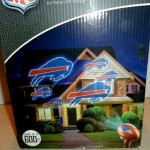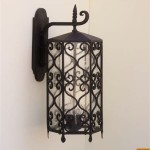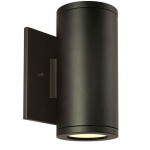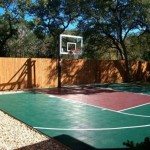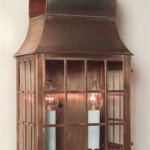Can You Paint Over Rust On Outdoor Furniture?
Rust, the reddish-brown flaky coating that forms on iron or steel exposed to moisture and oxygen, is a common enemy of outdoor furniture. Left unchecked, it can weaken the metal, compromising the furniture's structural integrity. While preventing rust is always the best approach, the question remains: can you paint over rust on outdoor furniture? The short answer is yes, but with several crucial caveats. Simply painting directly over rust without proper preparation will lead to a subpar finish and continued corrosion beneath the paint layer.
Surface Preparation: The Key to Success
Thorough surface preparation is essential for a successful paint job on rusted outdoor furniture. This involves removing loose rust and creating a stable surface for the paint to adhere to. Neglecting this step will result in the paint peeling and flaking off, potentially even accelerating the rusting process underneath.
Methods for Removing Rust
Several methods are available for removing rust, each with varying degrees of effectiveness and effort required.
1. Wire Brushing: A Manual Approach
A wire brush, available in hand-held and drill-mounted versions, is a common tool for removing rust. A stiff-bristled brush is suitable for heavily rusted areas, while a softer wire brush is better for finer work and preventing damage to the underlying metal. This method is effective for removing loose, flaky rust, but may not be sufficient for deeply embedded rust.
2. Sanding: Abrasive Removal
Sandpaper offers a more controlled approach to rust removal, allowing for precise removal without excessive damage to the metal. Start with coarser grit sandpaper (e.g., 80-grit) for heavy rust and gradually move to finer grits (e.g., 150-220 grit) to smooth the surface. Sanding can be done manually or with an electric sander for larger areas.
3. Chemical Rust Removers: A Powerful Solution
Chemical rust removers offer a powerful solution for dissolving rust, particularly in hard-to-reach areas. These products typically contain phosphoric acid or other chemicals that react with the rust, converting it into a more stable compound. Always follow the manufacturer's instructions carefully when using chemical rust removers, wearing appropriate safety gear such as gloves and eye protection.
4. Rust Converters: Transforming Rust
Rust converters, unlike removers, do not remove the rust but chemically convert it into a stable, paintable surface. These products usually contain tannins or other chemicals that react with the rust to form a black, inert layer. This layer can then be primed and painted, providing a protective barrier against further corrosion.
Choosing the Right Primer
After removing the rust, applying a suitable primer is crucial for ensuring proper paint adhesion and long-term protection against further rusting. A rust-inhibitive primer is specifically formulated to prevent rust formation and provide a stable base for the topcoat.
Types of Rust-Inhibitive Primers
Rust-inhibitive primers are available in various formulations, each with its own advantages and disadvantages.
1. Oil-Based Primers: Excellent Adhesion and Durability
Oil-based primers offer excellent adhesion to metal surfaces and provide a durable barrier against moisture. They are particularly suitable for heavily rusted surfaces but require solvents for cleanup.
2. Water-Based Primers: Easy Cleanup and Low Odor
Water-based primers offer easier cleanup and lower odor compared to oil-based primers. They are also generally faster drying but may not provide the same level of durability as oil-based options.
Paint Selection and Application
Once the primer has dried completely, you can apply the topcoat. Choose an exterior-grade paint specifically designed for metal surfaces to ensure optimal durability and weather resistance. Multiple thin coats are generally preferred over a single thick coat, providing better coverage and reducing the risk of drips and runs.
Maintenance and Prevention
Regular maintenance can prolong the life of your outdoor furniture and prevent future rust issues. Inspecting the furniture periodically for any signs of rust and addressing them promptly can prevent the rust from spreading. Applying a fresh coat of paint every few years can also help to maintain the protective barrier and enhance the aesthetic appeal of your furniture.

How To Refinish Metal Patio Furniture That S Covered In Rust

How To Paint Metal With Rust Oleum Universal

How To Paint Metal Patio Furniture With Spray Joyful Derivatives

A Fix For Rusted Outdoor Furniture Green With Decor

How To Paint Metal Patio Furniture

How To Spray Paint Metal Outdoor Furniture Last A Long Time H2obungalow

Spray Paint Mesh Metal Outdoor Patio Furniture Petticoat Junktion

How To Refinish Patio Furniture Bob Vila

How To Paint Metal Patio Furniture

How To Spray Paint Metal Outdoor Furniture Last A Long Time H2obungalow
Related Posts
